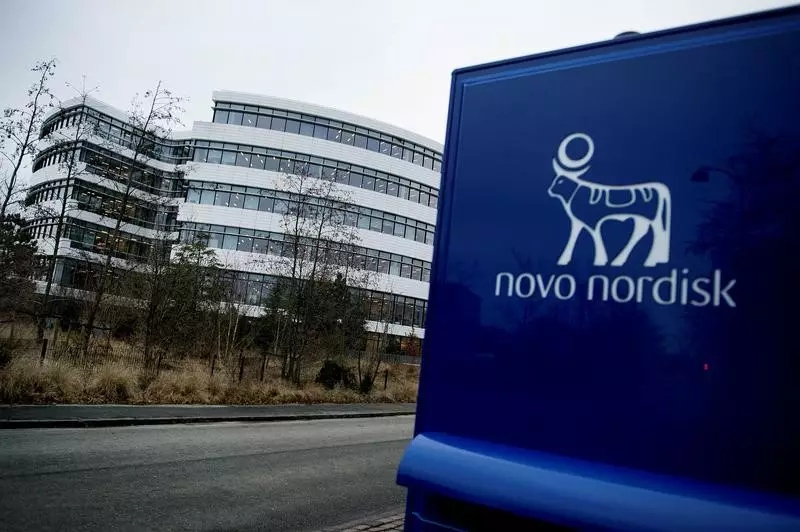Novo Nordisk, a prominent player in the pharmaceutical industry, witnessed a notable decline in its stock prices, dropping 3.6% in a single day following a critical announcement from the U.S. Department of Health and Human Services (HHS). The HHS revealed that two of Novo Nordisk’s flagship products, Ozempic and Wegovy, are part of a larger cohort of 15 medications selected for price negotiations under the Inflation Reduction Act. This move has perpetuated a broader sell-off trend for Novo Nordisk, which has seen its stock decline by over 24% since the beginning of 2025 and an alarming 39% when viewed over the past six months. The implications of this scenario on Novo Nordisk’s market standing and financial health warrant a deeper investigation.
The negotiations initiated by HHS represent the second cycle of price discussions aimed at reducing the costs associated with some of the most commercially expensive prescription drugs. This cycle is particularly significant as it encompasses drugs that collectively accounted for around $41 billion in gross covered prescription costs under Medicare Part D over the past year. With negotiations set to unfold throughout the current year and new price structures anticipated by 2027, stakeholders in the pharmaceutical market are closely watching the developments. HHS Secretary Xavier Becerra emphasized the potential benefits of the Inflation Reduction Act in providing affordable access to essential medications for Medicare beneficiaries, highlighting a shift toward more consumer-centric healthcare solutions.
The ramifications of including Ozempic and Wegovy in the negotiation process extend beyond immediate stock fluctuations. Both of these medications have been instrumental in driving substantial revenue and growth for Novo Nordisk, positioning the company as a leader in diabetes and weight management treatment solutions. Consequently, any enforced price reductions may significantly impact the firm’s future revenue streams. As the negotiations aim to create a more equitable pricing structure in the industry, shareholders and investors must grapple with the potential for hindered growth and profitability in the long term.
Beyond the immediate financial implications for Novo Nordisk, these developments could influence the broader pharmaceutical landscape. The Medicare Drug Price Negotiation Program is designed to not only lower drug costs but also ensure that critical, life-saving treatments remain accessible to the public. CMS Administrator Chiquita Brooks-LaSure articulated the strategic intent behind these negotiations, framing them as a way to reinforce Medicare’s sustainability for future generations. However, pharmaceutical companies might respond defensively to potential price caps, potentially constraining innovation and limiting the development of new therapies.
As the negotiations progress, all eyes will be on how Novo Nordisk and similar pharmaceutical entities navigate this evolving landscape. While the intent of the HHS announcement is to benefit consumers, the delicate balance between cost control and incentivizing pharmaceutical innovation remains a pivotal conversation in healthcare economics.

